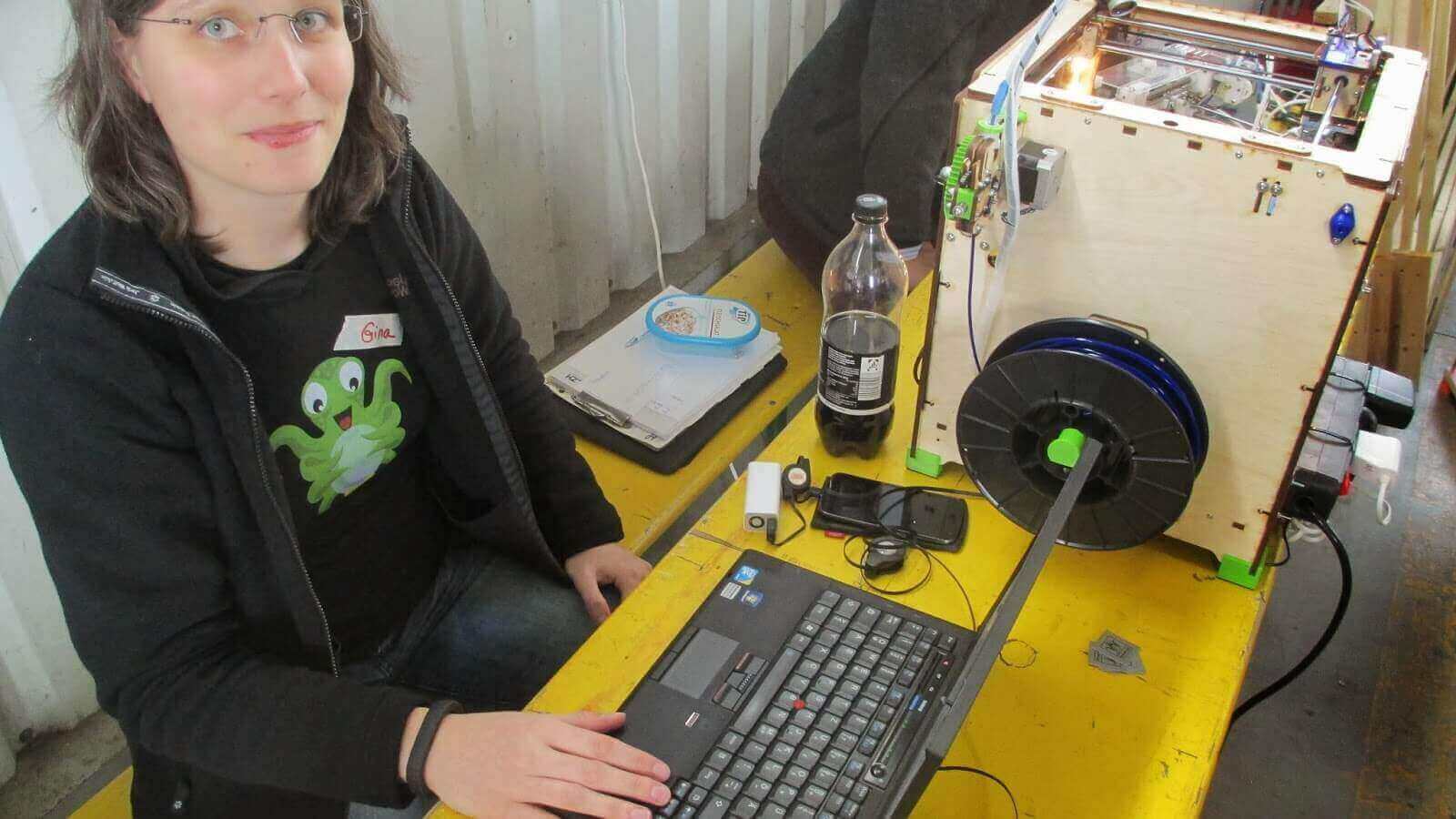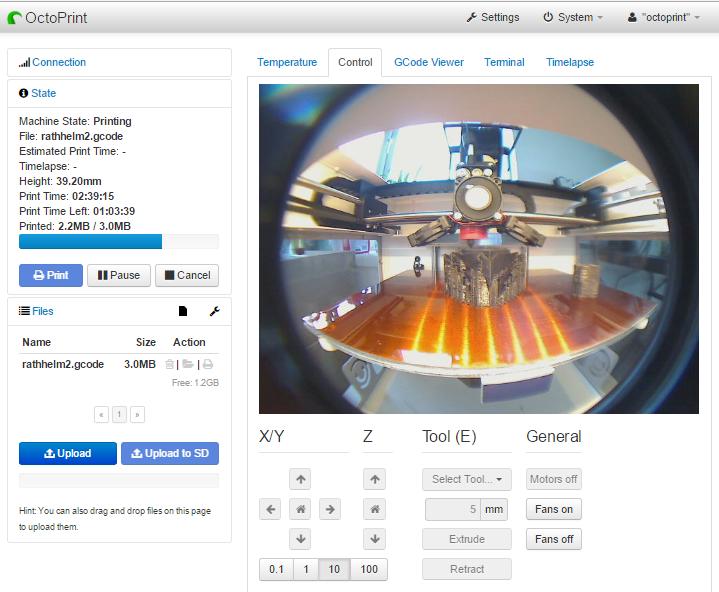Software developer 3D Control Systems, the parent company of 3DPrinterOS, has become a corporate sponsor of open source interface OctoPrint to help ease 3D printer integration processes.
Through its 3DPrinterOS platform, the company will help users and companies integrate Octoprint into their 3D printing workflows by means of its new 3D Printer Software Development Kit. By offering integration as a software service, the partners are hoping to save customers time and money on developing their own software to fully integrate OctoPrint with their systems.
“I’m really happy to welcome 3DPrinterOS on board as a corporate sponsor of OctoPrint,” said Gina Häußge, OctoPrint creator and software engineer. “We share the goal to make 3D printing more accessible and easier for everyone, so this is great news.”

Open-source 3D printing with OctoPrint
Octoprint was founded by Häußge just under a decade ago, and has grown into a highly expansive and powerful open-source tool that allows a user to control and monitor 3D printers remotely. The platform began with an open-source foundation, and has adapted and expanded since 2012 to become a symbol of importance within the open-source 3D printing community.
Alongside increasing the accessibility of 3D printing, the platform also has security and safe remote access at its heart. As such, the platform is widely used by the 3D printing community to control and monitor many aspects of print runs.
While integrations for the platform have been continually developed over the years as more and more companies seek to integrate OctoPrint into their 3D printing workflows, not all businesses have the funds or resources necessary to carry out their own in-house programming to incorporate it.

Easing 3D printer integration
The partnership between 3DPrinterOS and OctoPrint aims to ease integration processes between the open-source interface and FFF/FDM 3D printers. 3DPrinterOS’ new 3D Printer Software Development Kit will enable users and companies to integrate OctoPrint into their 3D printing workflows without having to develop their own software.
The Software Development Kit is available as a free download and as a paid-for premium version equipped with advanced features, offering integration as a software service.
Becoming a corporate sponsor of OctoPrint also means that every printer sold with a 3DPrinterOS license provides monetary support to various communities.
“We are excited to help the community take 3D printers to market by making it easy to integrate open source software like OctoPrint, and help customers program all these different softwares to work exactly as they need them to, all in one place,” said John Dogru, President, Founder and Chief Architect at 3DPrinterOS.
Simplifying 3D printing workflows
3D Control Systems has provided advanced file management and job preparation capabilities to the desktop 3D printing sector through 3DPrinterOS since 2014. The idea behind the platform’s formation was to bring 3D printing technology out from behind the so-called “walled gardens” of machine-specific operating systems and grant users access to slicing, workflows, and multiple printer management in one standardized place.
3DPrinterOS was created as an easy-to-use and accessible cloud platform to manage networked and remote 3D printers, as well as a system for the secure handling of digital 3D files. The subsidiary has previously formed partnerships with the likes of Siemens, Dassault Systèmes, Autodesk, and Onshape in order to simplify the design-to-print process, and has also embarked upon offering education and training to students by teaming up with global 3D printing technology providers including Dynamism, 3D Connectors, 3D Printlife, CreativeTools, and 3Dortgen.
In February this year, 3D Control Systems announced it is now targeting industrial 3D printing with its new ZAP workflow management software. The AI-powered platform aims to help manufacturers cut their operational costs and improve production efficiency with a full suite of production management functionalities.
The ZAP platform is ultimately designed to eliminate the problem of multiple brands of 3D printers not communicating with each other and harmonize entire manufacturing facilities with end-to-end encrypted remote management.

Subscribe to the 3D Printing Industry newsletter for the latest news in additive manufacturing. You can also stay connected by following us on Twitter and liking us on Facebook.
Looking for a career in additive manufacturing? Visit 3D Printing Jobs for a selection of roles in the industry.
Featured image shows a print lab at Duke University managed by 3DPrinterOS software. Photo via 3DPrinterOS.


